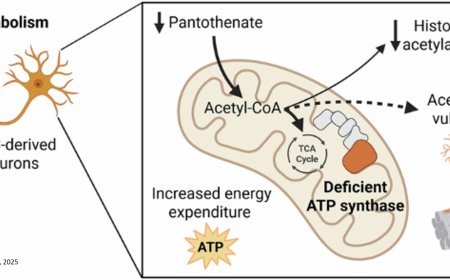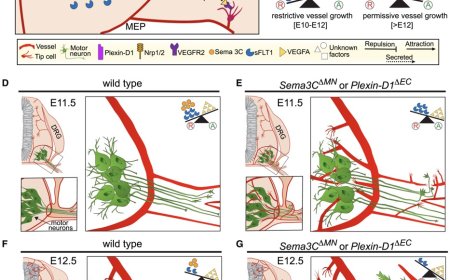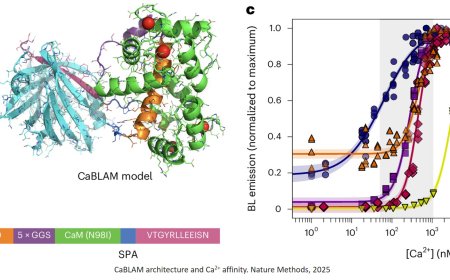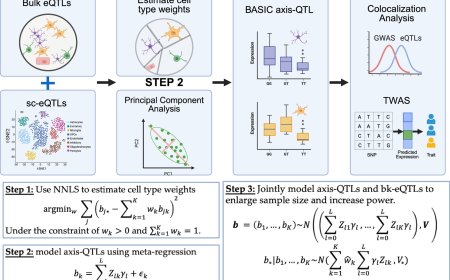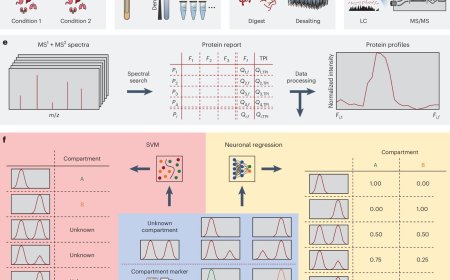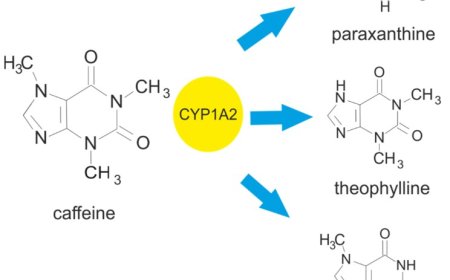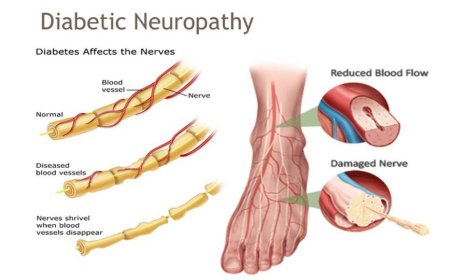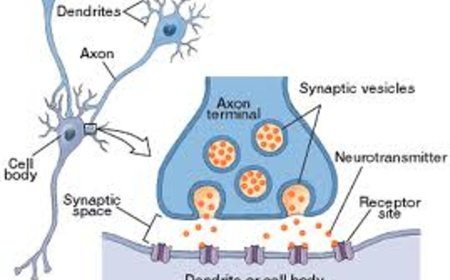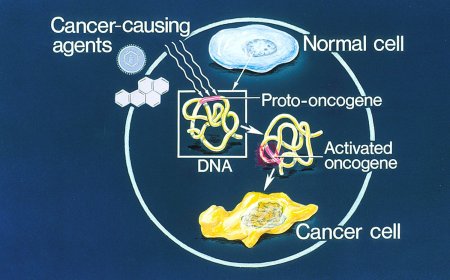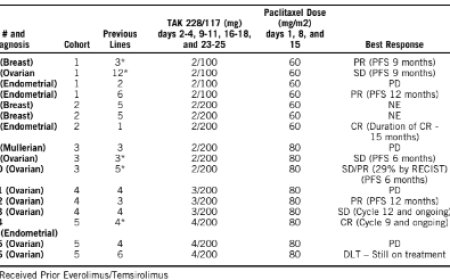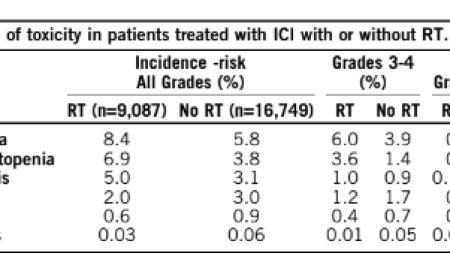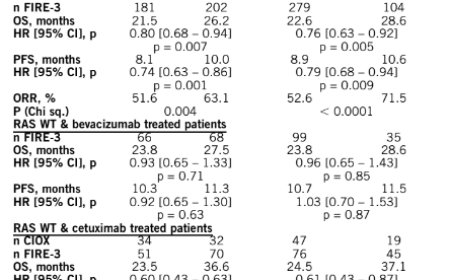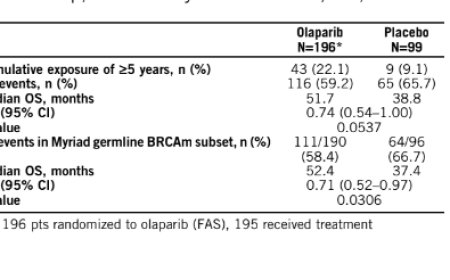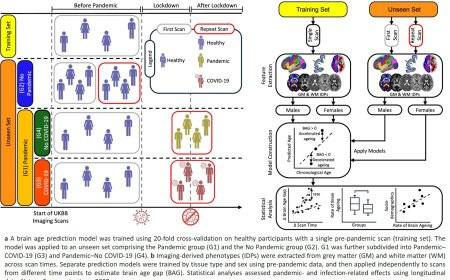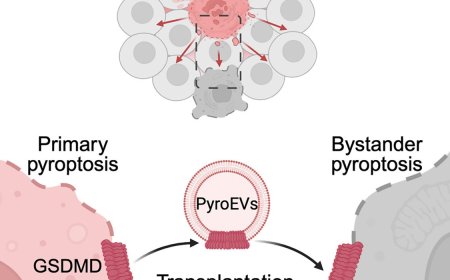Nerve- and airway-associated interstitial macrophages mitigate SARS-CoV-2 pathogenesis

A rare cell type in the lungs is essential to survival from the COVID-19 virus, a new study shows.
Experiments in mice infected with the SARS-CoV-2 virus revealed that the immune cell class in question, called nerve and airway-associated interstitial macrophages, or NAMs, may keep the human immune system’s initial counterattack on the virus (lung inflammation) from spiraling out of control to endanger patients. Macrophages are known to be the first responders to infection, as large immune cells capable of devouring invading viruses and the cells they infect.
The study shifts the focus for treating the disease away from strengthening the immune system attack on the virus and toward better restraint of the immune response, what researchers call “disease tolerance.”
Publishing in the journal Immunity, the researchers found in NAM-depleted mice infected with SARS-CoV-2 that viral infection spread, heightened inflammation and weight loss, and caused all of them to die. By contrast, infected mice with intact NAMs showed limited viral spread, weight loss, and inflammation. All the animals in this group survived infection. NAMs were also shown to restrict the production of highly pro-inflammatory signaling proteins to prevent tissue damage. A unique feature of NAMs, the researchers say, is that their numbers grow over time, where most immune cell sets start to taper off.
“Our findings underscore the critical role of nerve and airway-associated interstitial macrophages in the lungs in regulating the inflammatory response during SARS-Cov-2 infection,” said study co-lead investigator. “The absence of these NAM immune cells leads to an exaggerated inflammatory response against the COVID-19 virus, cell death, and increased viral spread.”
The results also showed that NAMs rely on a protein called type 1 interferon receptor, or IFNAR, to have their effect on the immune response to SARS-CoV-2. When the team genetically engineered NAMS so that they could no longer produce IFNAR – and so no longer respond to the immune signaling protein interferon – the cells could not tamp down inflammation. In this scenario, the same percentage of mice died as did when NAMS were depleted (100%).
Further testing in lung tissue from patients who had been intubated due to severe SARS-CoV-2 infection (some survived, and others did not) showed decreased activity in NAM-related genes and heightened inflammation in those who died. This confirmed for the researchers that their NAM findings in mice mimicked what occurs during infection in humans.
“Our study shows that nerve and airway-associated interstitial macrophages in the lungs, or NAMs, rely on type 1 interferon signaling for their expansion and normal functioning during SARS-CoV-2 infection,” said senior study investigator.
The same team discovered in 2020 that a small fraction (less than 5%) of lung macrophages acted differently during infection with the influenza virus by not attacking it. Instead, they found that these cells, which they named NAMs, tamped down the initial immune response and prevented prolonged inflammation from causing damage to lung tissue as it attempted to heal. This led the team to suspect that NAMs might play a similar role in COVID-19.
“The new work unveils nerve and airway-associated interstitial macrophages as key players in the choreography of recovery—poised to silence the alarms of inflammation and restore calm, even in the midst of interferon’s call to amplify the immune response,” said a co-author.
Moving forward, the researchers plan to study NAM pathways to determine how the macrophage subset moderates inflammation. Specifically, the team plans to investigate type 1 interferon signaling and how it triggers NAM growth in response to SARS-CoV-2 infection.
If further experiments prove successful, the team’s findings could be used to develop treatment strategies that harness IFNAR signaling to promote disease tolerance. This approach may apply to COVID-19 and other respiratory diseases, including chronic obstructive pulmonary disease (COPD), asthma, and pulmonary fibrosis.
https://www.cell.com/immunity/abstract/S1074-7613(25)00164-5
